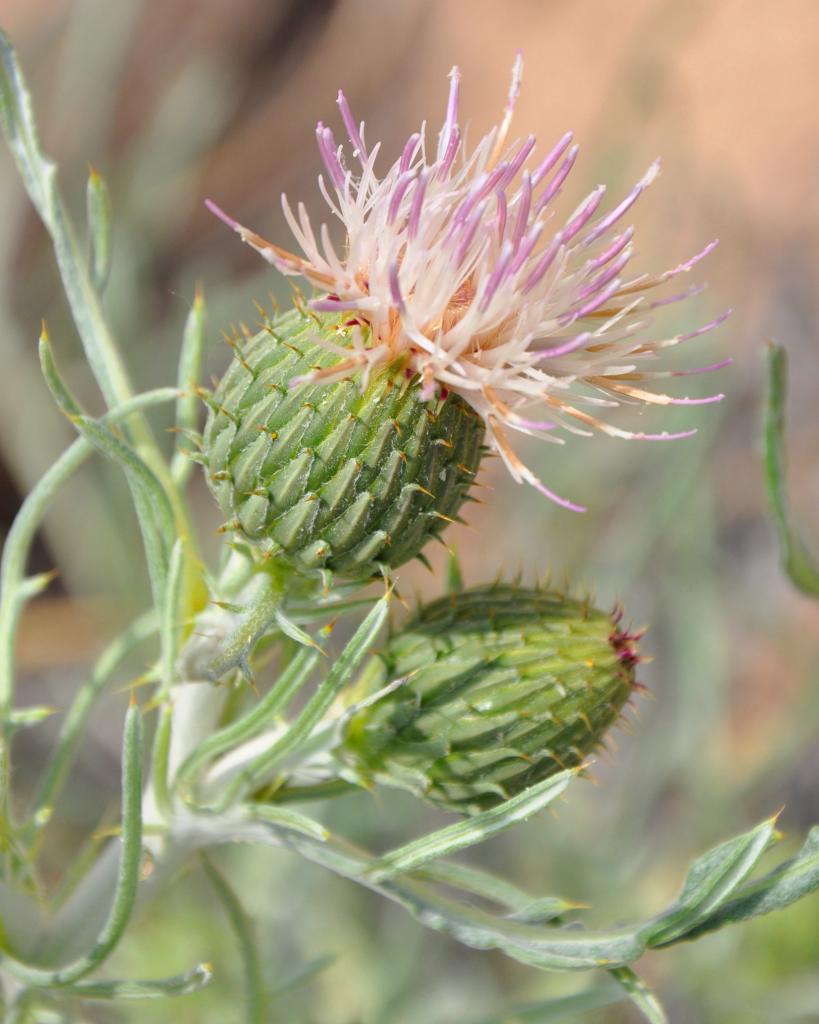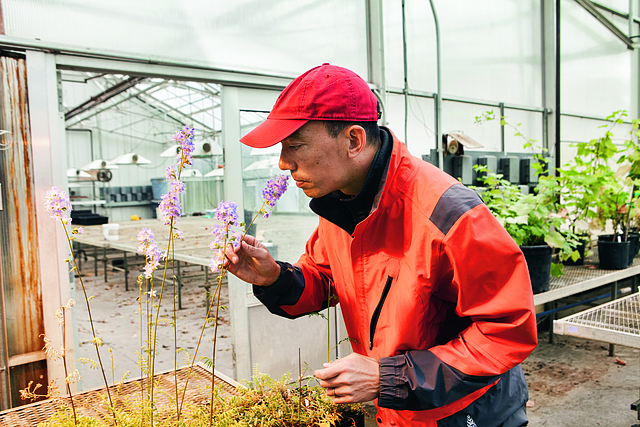Home › Forum topic › Propagation, Germination Testing, & Horticulture › viola germination experience?
-
AuthorPosts
-
May 2, 2019 at 1:37 pm #359
 Kayri HavensCPC Conservation Officer
Kayri HavensCPC Conservation Officer
We are working on germinating several midwestern species of violets (Viola)…has anyone had success germinating Viola species and if so, what worked? We get pretty low germination across all our treatments which vary length of cold strat and conditions for germination. GA3 hasn’t been a big help either.
Kay (and Andrea and Sam)
May 3, 2019 at 11:28 am #177 David RemucalCPC Conservation Officer
David RemucalCPC Conservation Officer
We are also interested in this, with our most pressing species in the genus being V. lanceolata.
May 3, 2019 at 11:47 am #193 Tom KayeCPC Conservation Officer
Tom KayeCPC Conservation Officer
We’ve propagated 10,000 to 30,000 Viola adunca from seed for the last 3-4 years. We sow them (3-4 seeds per pot) in the fall on potting soil and give them 3-4 months of cold stratification in a walk in cooler. We get excellent establishment and have to do a bit of thinning.
May 3, 2019 at 12:15 pm #199 Kristin HaskinsCPC Conservation Officer
Kristin HaskinsCPC Conservation Officer
See the description below that worked for fresh, mature seed of Viola guadalupensis:
Seeds were placed in a refrigerator (4 C) for approximately four weeks. Upon removal from the fridge, seeds were placed on top of seeding potting soil mix in a 2” pot and lightly covered. These were then placed on the mist bench. Seeds that had not germinated after four weeks were returned to the refrigerator for another four weeks and then placed back on the mist bench. This was repeatedly done for 6 months, at which point we made the decision that the seed was not viable. This method in total resulted in germination success of 22.2%.
Here is another method (it did not work for us, but this woman had success with it)
Giberrellic Acid treatment for seed germination: (From Kim Blaxland)
Take half a sheet of kitchen paper towel. number the corner with a permanent marker, spray the
towel lightly with water (using a laundry spray). Take a toothpick. dampen one end and dip into the Gibberellic acid powder, then spread the powder in the center of the damp paper towel. Covering an area that is about one ninth of the sheet of paper (see below for folding instructions). My method is not at all empirical, so I use as much powder as sticks onto about a centimeter of the toothpick. If you use more the plants will etiolate, though if they do it isn’t really a problem.
So, when in doubt. use more rather than less (etiolation rather than no germination). Place the
seeds onto the area where the gibberellin has been spread, separating them well to prevent
mould spreading from seed to seed. Any seeds that are damaged will grow fungus, but if they
look undamaged do not throw out mouldy seeds because they may still germinate. Do not be
tempted to put lots of seeds all on one sheet.
Fold the paper towel: I fold the left third across the middle, then the right third back across the
first, turn the bottom third upwards. and then the top third backwards. till my little parcel is l/9
of the original sheet. Place the little parcel in a zip-lock plastic bag. Several packets can be
placed in the same bag. Gently push out most of the air. then place in the refrigerator.
Germination will start after about 4-6 weeks later (can be much earlier if seeds are very fresh).
depending on the species. Seeds are only viable in a dry state for about a year at room
temperature, so should be stored in the fridge, but not allowed to dry out. A very important
factor to remember is to never send seeds through the US postal system unless they are wrapped
in a minimum of two layers of bubble plastic. The postal service sorts all letters through a
series of metal rollers that are especially designed to squash violet seeds. Damaged seeds will
not germinate.
After a month, examine the seeds every 4-5 days checking with a magnifying glass for signs of
germination (splitting of the seed coat and emergence of the radicle). Pick out the germinating
seeds with tweezers to pot up in seed starting mix. Be careful that the mix is well-drained. Maybe add some coarse sand or limestone chips. When the seeds start to germinate in the fridge. I usually take the whole packet out and leave it on the kitchen bench, in its ziplock bag, for a few days, and germination really takes off. The radicles elongate very quickly. If there is no more germination after a few days out of the fridge. the packet should be returned to the fridge and watched every few days. Do not throw out the seeds if mould appears. They will still germinate even after the seed coat is attacked by fungus.
The germination method is not mine. it was described by Norman Deno. Professor Emeritus of
Chemistry, Pennsylvania State University, in a publication called Seed Cermiruilirn Theort uzd Pructice, first published in 1991.Just in case you are ever quoting the source.
Good Luck!
-
AuthorPosts
- This topic has 3 replies, 4 voices, and was last updated 6 years, 3 months ago by
 Kristin Haskins.
Kristin Haskins.
- You must be logged in to reply to this topic.